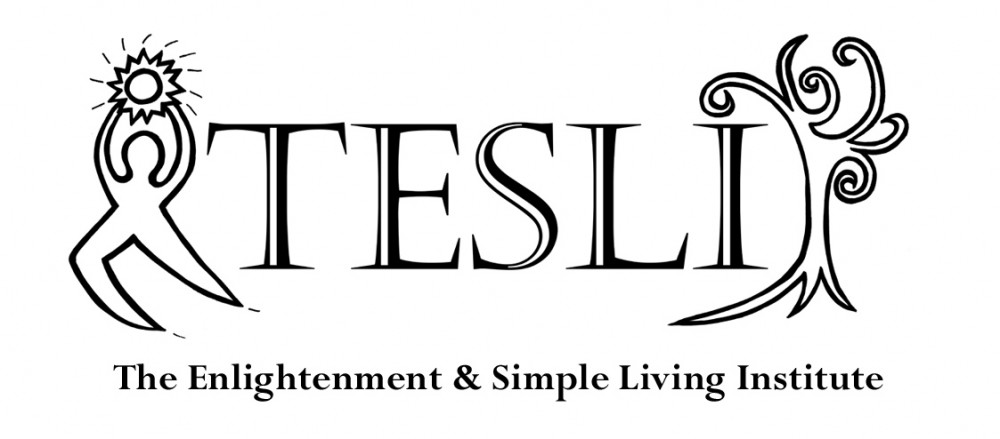The standard dictionary definition of renunciation (the formal rejection of something, typically a belief, claim, or course of action) does not adequately describe the process of a spiritual renunciant. In fact, as we shall see, it actually is contrary to true renunciation in one subtle way.
The actual state of renunciation is better expressed in positive terms, because this is how a spiritual renunciant experiences it. A renunciant has decided that the only thing they want is liberation or enlightenment. They spend every moment of their day focused on that and carry in their heart a sweet wish for their goal. They are centered on the goal of spiritual fruition and from that place they often experience a peace that comes with surety.
We can also describe renunciation from the negative point of view. I used to call it “disgust with the world” but that seemed offensive to many people. Another way of talking about it is that it is having no interest in worldly things. This is less harsh.
Renunciation is a natural outcome of investigating the things of the world and finding they are less than satisfactory. I know my job, my garden, and even my great friendships do not completely satisfy me, so I have turned to a path that offers me and end to dissatisfaction. Renunciation is simply shifting ones attention to the one thing that promises satisfaction, peace, and bliss.
I, perhaps like most people, originally thought renunciation was about giving up things in the material world. The idea was that one had to renounce or reject worldly things in order to gain spiritual attainments. This is an old school belief that is not true. While the spiritual renunciant has no real interest in worldly things, they also do not consider them evil. You do not have to clear out your house (although this actually does benefit your practice). Disengaging your energy from material objects is a natural outcome of engaging in spiritual practice.
When I first came upon the teachings of enlightenment I was extremely excited. I was so ready to get out of here and began to work wholeheartedly for liberation. I was driven by severe childhood trauma and did not want to take a chance that anything like that would happen again. Since it seems cyclic life (samsara) is unpredictable, my only option was freedom from cyclic life. I was rejecting cyclic life, and since that is the only life I know, I was rejecting life.
Rejection is the part of the dictionary definition that I believe may be inaccurate. While I believe I did have renunciation when I was rejecting the world, I now believe that my renunciation has matured. Or perhaps my world view has matured. With enlightenment comes an abiding in non-duality. If I am rejecting anything I am reenforcing duality.
With my mature renunciation I have the same preoccupation with enlightenment (I think about it day and night) but I no longer have the same drive to reject or escape life. Perhaps my calming down is due to a shift from wanting enlightenment and knowing it is imminent.
